In this episode of the 5th Industrial Revolution VODcast we sit down with Dr. Jordan Okie of Arizona State University School of Earth and Space Exploration to discuss a key relevancy to the next industrial revolution, sustainability, through the lens of Dr. Okie’s area of expertise: Ecology and Biology. Our key takeaways: We are in a race against time and extinction. We will need to find a way to evolve through technology to survive, be it here on Earth or in our exploration of Space.
Category: biological – Page 70
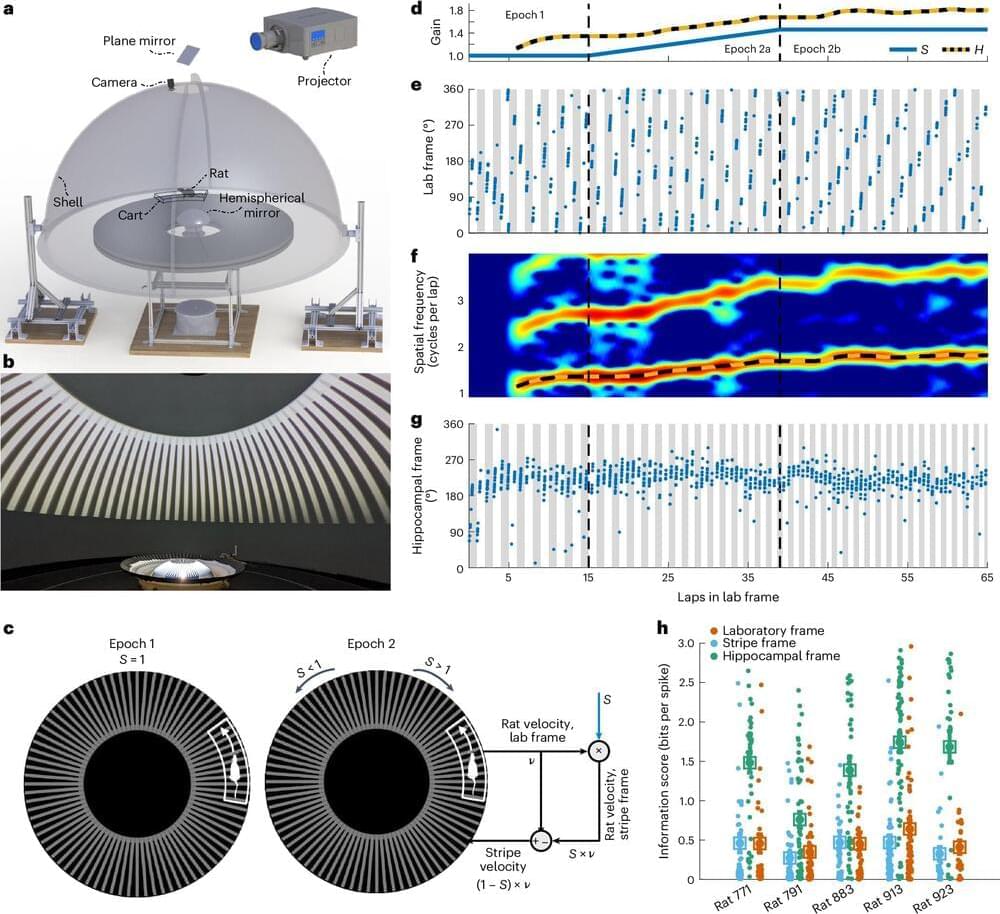
Researchers find brains can tune their navigation system without landmarks
Johns Hopkins research sheds new light on how mammals track their position and orientation while moving, revealing that visual motion cues alone allow the brain to adjust and recalibrate its internal map even in the absence of stable visual landmarks.
Their results are published in Nature Neuroscience.
“When you move through space, you have a lot of competing sensory information telling you where you are and how fast you are going, and your brain has to make sense of that,” said study co-leader Noah Cowan, professor of mechanical engineering at the Whiting School of Engineering and director of the Locomotion in Mechanical and Biological Systems (LIMBS) Laboratory.
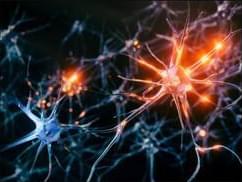
How Do Our Memories Last a Lifetime? New Study Offers a Biological Explanation
Whether it’s a first-time visit to a zoo or when we learned to ride a bicycle, we have memories from our childhoods kept well into adult years. But what explains how these memories last nearly an entire lifetime?
A new study in the journal Science Advances, conducted by a team of international researchers, has uncovered a biological explanation for long-term memories. It centers on the discovery of the role of a molecule, KIBRA, that serves as a “glue” to other molecules, thereby solidifying memory formation.
“Previous efforts to understand how molecules store long-term memory focused on the individual actions of single molecules,” explains André Fenton, a professor of neural science at New York University and one of the study’s principal investigators. “Our study shows how they work together to ensure perpetual memory storage.”
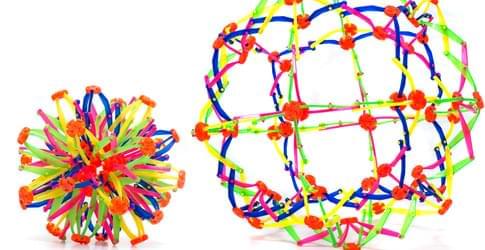

How China’s Moon mission could reveal the origins of life on Earth
Update: China´s Moon Mission Returned Now Samples from the #Moon to #Earth. Why this is important, specially for the origin of life:
On June 1, China’s Chang’e-6 lander touched down in the South Pole-Atkin Basin — the largest, deepest, and oldest impact crater on the Moon. The probe almost immediately set to work drilling into the ground to collect about 2 kilograms of lunar material, which is already headed back to Earth, with a landing in Mongolia planned for June 25. It isn’t just planetary geologists who are excited at what the returning rocks and soil might reveal. If we’re lucky, the first samples from the lunar farside could also include some of the oldest fossils ever found.
The SPA basin, as it’s sometimes called, is the result of a gigantic impact that occurred between 4.2 and 4.3 billion years ago, at a time when the Moon and Earth were very close neighbors. The crater is roughly 2,500 kilometers (1,600 miles) in diameter and between 6.2 km and 8.2 km (3.9 to 5.1 mi) deep, encompassing several smaller craters like the Apollo basin, where Chang’e-6 landed, and Shackleton crater, parts of which lie in perpetual shadow.
The main focus of 21st-century lunar exploration is searching for natural resources such as water ice that could be turned into rocket fuel and drinking water for astronauts, as well as helium-3 that might someday fuel nuclear fusion reactors. Another potential scientific treasure is often overlooked, however. The Moon is the only place where we might find fossilized clues to the origin of life on Earth. On our own planet’s dynamic surface, hungry microbes would have destroyed such evidence a long time ago.

Emerging memristive neurons for neuromorphic computing and sensing
Inspired by the principles of the biological nervous system, neuromorphic engineering has brought a promising alternative approach to intelligence computing with high energy efficiency and low consumption. As pivotal components of neuromorphic system, artificial spiking neurons are powerful information processing units and can achieve highly complex nonlinear computations. By leveraging the switching dynamic characteristics of memristive device, memristive neurons show rich spiking behaviors with simple circuit. This report reviews the memristive neurons and their applications in neuromorphic sensing and computing systems. The switching mechanisms that endow memristive devices with rich dynamics and nonlinearity are highlighted, and subsequently various nonlinear spiking neuron behaviors emulated in these memristive devices are reviewed. Then, recent development is introduced on neuromorphic system with memristive neurons for sensing and computing. Finally, we discuss challenges and outlooks of the memristive neurons toward high-performance neuromorphic hardware systems and provide an insightful perspective for the development of interactive neuromorphic electronic systems.
Keywords: Memristive devices; artificial neurons; neuromorphic computing; neuromorphic sensing; spiking dynamics.
© 2023 The Author(s). Published by National Institute for Materials Science in partnership with Taylor & Francis Group.
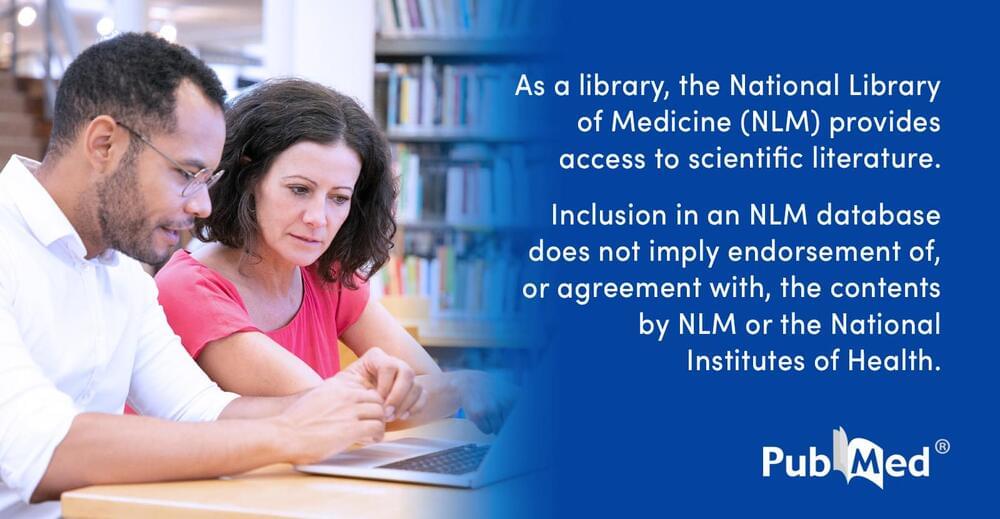
Emerging memristive artificial neuron and synapse devices for the neuromorphic electronics era
Growth of data eases the way to access the world but requires increasing amounts of energy to store and process. Neuromorphic electronics has emerged in the last decade, inspired by biological neurons and synapses, with in-memory computing ability, extenuating the ‘von Neumann bottleneck’ between the memory and processor and offering a promising solution to reduce the efforts both in data storage and processing, thanks to their multi-bit non-volatility, biology-emulated characteristics, and silicon compatibility. This work reviews the recent advances in emerging memristive devices for artificial neuron and synapse applications, including memory and data-processing ability: the physics and characteristics are discussed first, i.e., valence changing, electrochemical metallization, phase changing, interfaced-controlling, charge-trapping, ferroelectric tunnelling, and spin-transfer torquing. Next, we propose a universal benchmark for the artificial synapse and neuron devices on spiking energy consumption, standby power consumption, and spike timing. Based on the benchmark, we address the challenges, suggest the guidelines for intra-device and inter-device design, and provide an outlook for the neuromorphic applications of resistive switching-based artificial neuron and synapse devices.
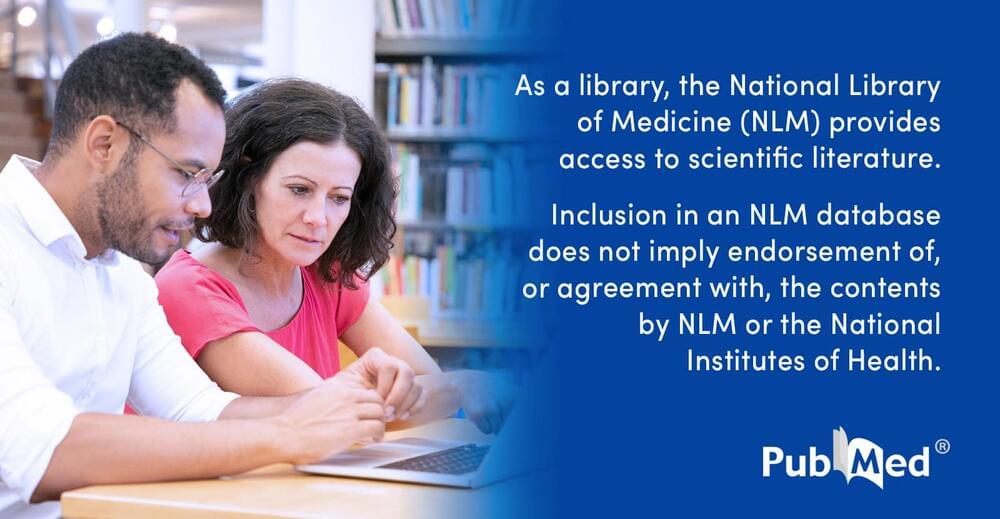
Stimuli-Responsive Memristive Materials for Artificial Synapses and Neuromorphic Computing
Neuromorphic computing holds promise for building next-generation intelligent systems in a more energy-efficient way than the conventional von Neumann computing architecture. Memristive hardware, which mimics biological neurons and synapses, offers high-speed operation and low power consumption, enabling energy-and area-efficient, brain-inspired computing. Here, recent advances in memristive materials and strategies that emulate synaptic functions for neuromorphic computing are highlighted. The working principles and characteristics of biological neurons and synapses, which can be mimicked by memristive devices, are presented. Besides device structures and operation with different external stimuli such as electric, magnetic, and optical fields, how memristive materials with a rich variety of underlying physical mechanisms can allow fast, reliable, and low-power neuromorphic applications is also discussed. Finally, device requirements are examined and a perspective on challenges in developing memristive materials for device engineering and computing science is given.
Keywords: artificial synapses; memristive materials; neurons; synaptic plasticity.
© 2021 Wiley-VCH GmbH.

Oxide Ionic Neuro-Transistors for Bio-inspired Computing
Current computing systems rely on Boolean logic and von Neumann architecture, where computing cells are based on high-speed electron-conducting complementary metal-oxide-semiconductor (CMOS) transistors. In contrast, ions play an essential role in biological neural computing. Compared with CMOS units, the synapse/neuron computing speed is much lower, but the human brain performs much better in many tasks such as pattern recognition and decision-making. Recently, ionic dynamics in oxide electrolyte-gated transistors have attracted increasing attention in the field of neuromorphic computing, which is more similar to the computing modality in the biological brain. In this review article, we start with the introduction of some ionic processes in biological brain computing. Then, electrolyte-gated ionic transistors, especially oxide ionic transistors, are briefly introduced. Later, we review the state-of-the-art progress in oxide electrolyte-gated transistors for ionic neuromorphic computing including dynamic synaptic plasticity emulation, spatiotemporal information processing, and artificial sensory neuron function implementation. Finally, we will address the current challenges and offer recommendations along with potential research directions.
Keywords: bio-inspired computing; ionic transistors; oxide semiconductors.
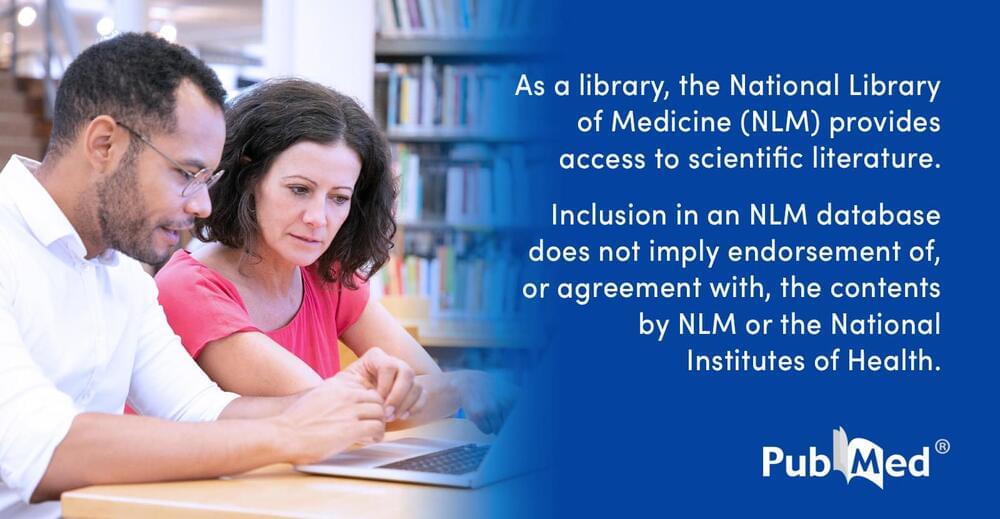
Indium-Gallium-Zinc Oxide-Based Synaptic Charge Trap Flash for Spiking Neural Network-Restricted Boltzmann Machine
Recently, neuromorphic computing has been proposed to overcome the drawbacks of the current von Neumann computing architecture. Especially, spiking neural network (SNN) has received significant attention due to its ability to mimic the spike-driven behavior of biological neurons and synapses, potentially leading to low-power consumption and other advantages. In this work, we designed the indium-gallium-zinc oxide (IGZO) channel charge-trap flash (CTF) synaptic device based on a HfO2/Al2O3/Si3N4/Al2O3 layer. Our IGZO-based CTF device exhibits synaptic functions with 128 levels of synaptic weight states and spike-timing-dependent plasticity. The SNN-restricted Boltzmann machine was used to simulate the fabricated CTF device to evaluate the efficiency for the SNN system, achieving the high pattern-recognition accuracy of 83.9%. We believe that our results show the suitability of the fabricated IGZO CTF device as a synaptic device for neuromorphic computing.
Keywords: charge trap flash; neuromorphic computing; nonvolatile memory; oxide semiconductor; spiking neural network.